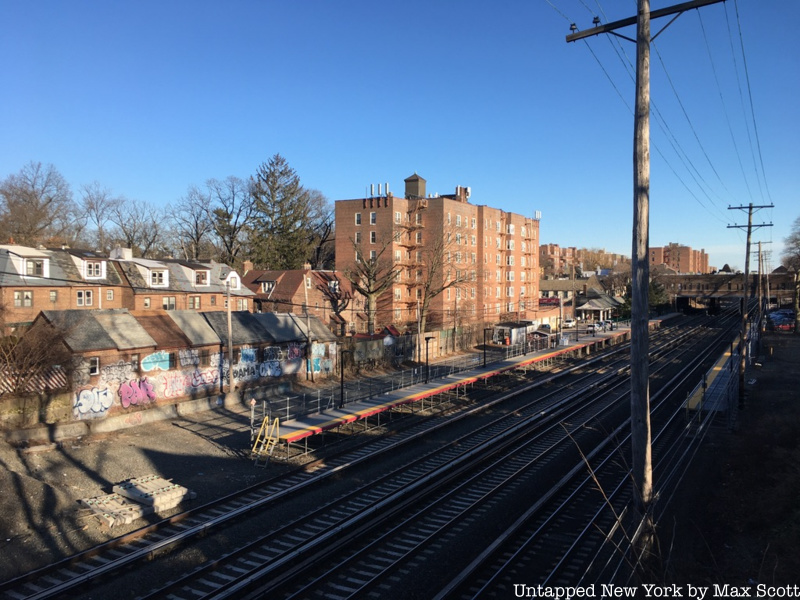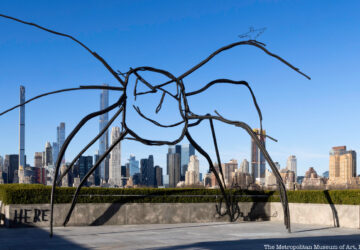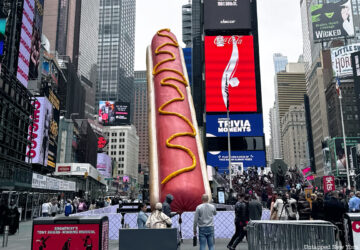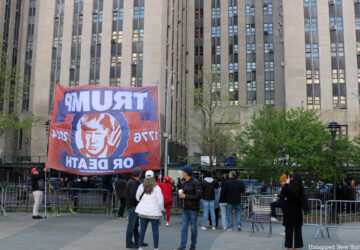2. Kew Gardens was the site of the deadliest train crash in the Long Island Rail Road’s history

Kew Gardens was the site of the deadliest train crash in the Long Island Rail Road’s 188-year long history. The crash took place on November 24th, 1950 when a Babylon-bound train traveling at about 30 mph collided with a disabled locomotive that had been heading for Hempstead. Tragically, almost 80 people were killed in the crash and dozens more were injured. While this disaster was the worst in LIRR history, it was actually already the third crash of the year in 1950. In February of that year, two trains collided, killing 32 passengers, and in August a minor crash caused many injuries but zero deaths.
Up until 1966, the LIRR was owned by the increasingly bankrupt Pennsylvania Railroad company. As the automobile rose to prominence in the United States after the end of World War II, the nation’s railroad titans fell deeply into debt and became unable to maintain even a basic level of service and safety on their trains. Unfortunately, this led to a deterioration of the United States’ rail-based infrastructure, wasting thousands of hours spent sitting on delayed or broken trains.
In 1966, the failing LIRR was bought by New York State and incorporated into the Metropolitan Transportation Authority (MTA) in an effort to modernize and repair the New York region’s crumbling railroads. While there were many factors that led to the formation of the MTA, the gruesome LIRR crash of 1950 gave the state and local governments extra urgency to consolidate the railroads under the government. Depending on your opinion of the MTA, you can, at least partly, either thank or blame Kew Gardens for the MTA.





